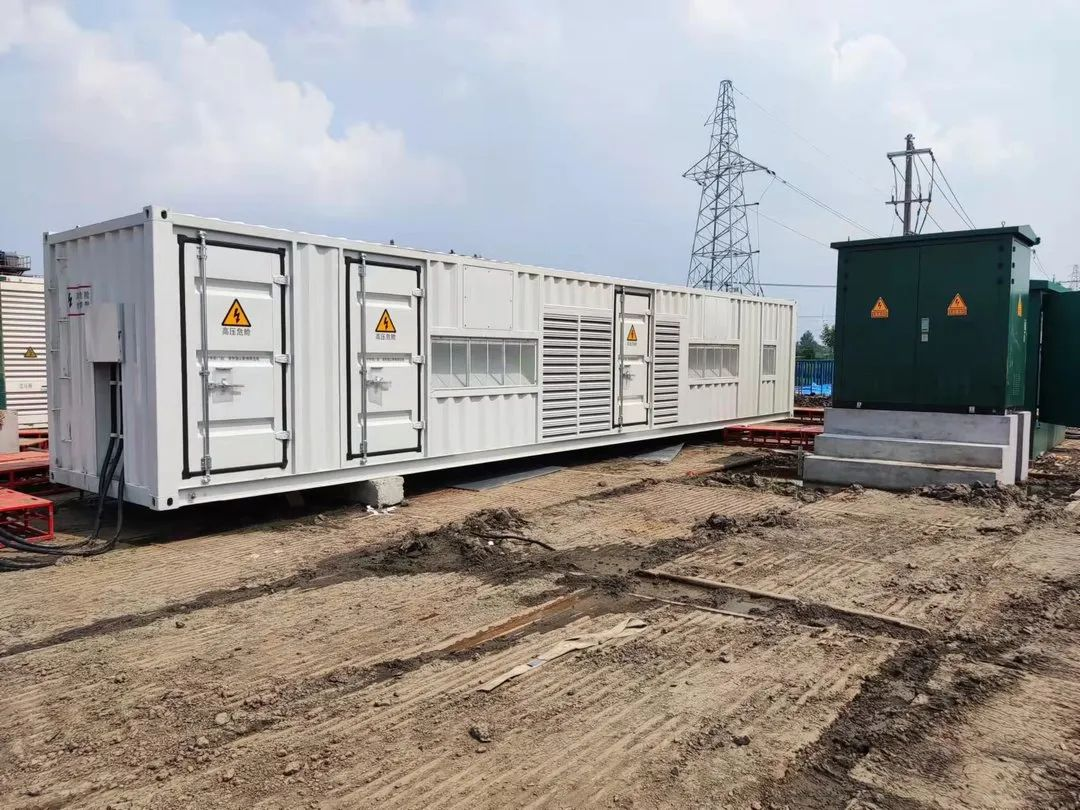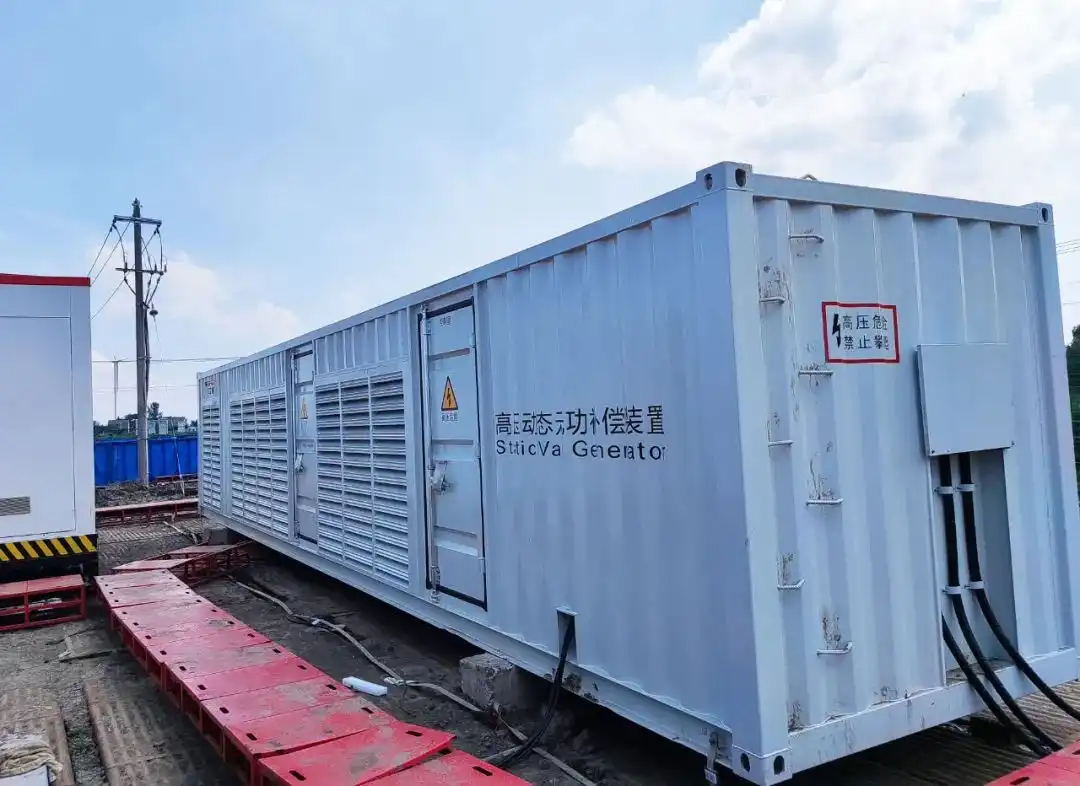Introduction to STATCOM Systems and what is a statcom system
Contemporary power electronics offer solutions for enhancing the efficiency and dependability of electrical power grids.
FACTS employ solid-state power electronics to optimise control and enhance the power transfer efficiency of electrical power grids. Transmission inefficiencies contribute to approximately 8 to 9 percent of energy loss in a grid. Implementing Flexible AC Transmission Systems (FACTS) to control voltage, enhance power factors, manage harmonics, and stabilise the entire system leads to a more effective and energy-efficient grid system.
what is a statcom system
A static synchronous compensator (STATCOM) employs contemporary power electronics to regulate power transmission in alternating current (AC) networks, enhancing the stability and dependability of electrical power grids. The device, also referred to as a static synchronous condenser (STATCON), functions as a shunt by establishing a pathway of low resistance for the flow of electric current in the circuit. These devices belong to the category of static VAR compensators (SVC) that utilise contemporary power electronics to control grid voltage.
When incorporated into a FACTS power grid, STATCOMs belong to a broader category of devices known as static VAR compensators. Static Var Compensators (SVCs) are connected to the transmission grid in order to control and stabilise the voltage levels by utilising capacitors or inductors. General Electric’s development of gate turn-off thyristors (GTO) in the 1990s was crucial for the introduction of STATCOM devices.

Statcom theory
The STATCOM, which is a solid-state voltage source inverter connected to a transformer, is linked to a transmission line. A STATCOM introduces an approximately sinusoidal current, with varying amplitude, at the point of connection. The injected current is nearly 90 degrees out of phase with the line voltage, effectively simulating either an inductive or capacitive reactance at the point where it connects to the transmission line. The efficacy of the STATCOM model is confirmed by its ability to regulate the flow of reactive current. This is beneficial for controlling the line voltage.
Statcom in distribution system
A Distribution STATCOM, also known as a Static Synchronous Compensator, is used in substations to control power quality. A STATCOM, also known as a Static Synchronous Compensator or Dstatcom, is an apparatus used for voltage regulation. The system relies on a power electronics voltage source converter (VSC) and has the capability to function as both a source and a sink of reactive AC power.
Power quality issues in the distribution system can have a detrimental impact on sensitive equipment. Power quality encompasses various types of issues. The issues at hand include power factor, reactive power compensation, and harmonic distortion. Various varieties of FACT devices are employed. The FACT devices include SVC, STATCOM, IPC, DVR, UPFC, TCSC, TCPST, and DSTATCOM. A D-STATCOM is a bespoke power device that is deployed in tandem with a distribution system. When it comes to power quality issues, these devices are commonly employed. However, for enhanced performance, the utilisation of D-STATCOM is preferred. Multiple modulation techniques and control techniques are available for implementing these issues. The approaches mentioned include Pulse Width Modulation (PWM), Sinusoidal Pulse Width Modulation (SPWM), as well as Phase Shift Control, d-q theory, and the Synchronous Reference Frame (SRF) model. The DSTATCOM can be controlled using a PI controller in the reference frame model. The purpose of using DSTATCOM is to mitigate harmonic distortion, compensate for reactive power, and improve power factor. This paper focuses on the control of the Voltage Source Converter (VSC) to reduce harmonic distortion and compensate for reactive power. The simulation was conducted using the SIMULINK and MATLAB software.
Statcom advantages
A STATCOM is a device that constantly supplies adjustable reactive power to counter voltage fluctuations, thereby ensuring grid stability. STATCOM functions based on the principles of a voltage source converter (VSC), which utilises a distinctive pulse width modulation (PWM) technique and millisecond switching. STATCOM operates with minimal reliance on harmonic filters, resulting in a compact physical size. Switched or fixed air core reactors and capacitors can be employed with the VSC as supplementary reactive power components to attain a desired range, if necessary.
The installation of a STATCOM at one or more appropriate locations in a power grid will enhance the power transfer capacity by improving voltage stability and ensuring a consistent voltage profile in various network situations. The capability to actively filter is highly advantageous for enhancing power quality.

STATCOM offers uninterrupted dynamic compensation for power factor during load fluctuations. It eliminates the delivery of capacitive reactive power to the power grid and ensures that the power factor remains at the desired value for the power grid. The STATCOM offers several benefits:
The power grid experiences voltage fluctuations and flickering when a high-power impact load is in operation. Fluctuations in voltage and flickering have adverse effects on the electricity consumption of nearby customers and sensitive equipment. They reduce safety in electricity usage, decrease production efficiency, and increase the risk of faulty production. The response time of STATCOM is below 1ms, and it offers efficient dynamic compensation for reactive power. Restraining voltage flicker and reducing voltage fluctuation is a more efficient approach to improving voltage and bringing it up to standard.
statcom disadvantages
An inherent drawback of the STATCOM is its reliance on the X/R ratio of the distribution network. In networks with low reactance, the STATCOM’s efficacy is diminished. Therefore, the STACOM may not be a feasible choice in every situation.
A significant drawback of a conventional STATCOM lacking energy storage is its limited range of steady-state working modes, specifically, inductive (lagging) and capacitive (leading).



